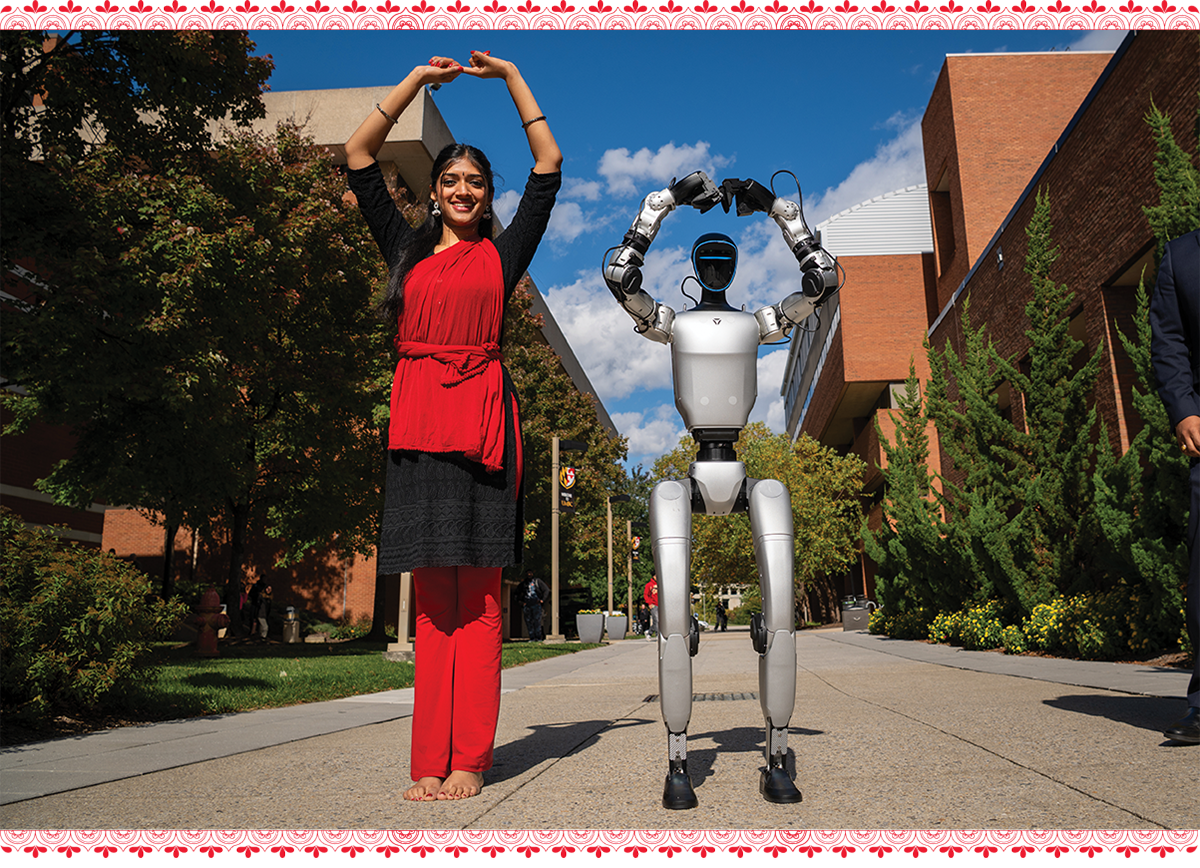Researchers mapped the human brain to reveal what makes us human
You have 3,000+ different kinds of brain cells, and more insights from the largest human brain cell atlases created to date

[Oct. 19, 2023: Staff Writer, The Brighter Side of News]
Do we get to experience a grand curtain call before our mortal time comes to an end? (CREDIT: Creative Commons)
The ecomplexity of the human brain, with its vast and intricate networks, has long captivated the scientific community. Today, in an unprecedented revelation, scientists unveil a colossal endeavor that significantly advances our understanding of the cellular cosmos within our own brains and those of our nearest primate kin.
This groundbreaking work, encompassing a suite of 21 seminal papers published across Science, Science Advances, and Science Translational Medicine, heralds a new era of neuroscientific discovery. It divulges transformative insights into the cellular constituents of primate brains, illuminating what sets the human brain apart—a monumental progression from earlier research endeavors.
Spearheaded and financed by the National Institutes of Health’s Brain Research Through Advancing Innovative Neurotechnologies® (BRAIN) Initiative, this research consortium epitomizes a global scientific camaraderie.
Hundreds of neuroscientists worldwide have collaborated on an array of studies, delving into the cellular intricacies of human and primate brains. Their pioneering work showcases the application of state-of-the-art, scalable techniques, propelling the study of the human brain's detailed organization into realms of unprecedented resolution.
Related Stories
"Deciphering our brain at the cellular level is crucial for comprehending not only the functionalities and idiosyncrasies that define us as a species but also for identifying the cellular origins of neurological diseases and disorders. This knowledge is pivotal for the innovation of more effective treatments," the researchers asserted, emphasizing the profound implications of their findings.
Central to this scientific tour de force is the Allen Institute for Brain Science, a division of the Allen Institute, with its scientists leading five of these trailblazing studies and contributing significantly to three others. Their work magnifies our understanding of the
adult human brain's cellular types, revealing a staggering diversity through single-cell transcriptomics, a cutting-edge technique that examines genes activated within individual brain cells.
Ed Lein, Ph.D., Senior Investigator at the Allen Institute for Brain Science, who steered several of the new studies, expressed, “I view this as a pivotal moment in neuroscience, where new technologies are now allowing us to understand the very detailed cellular organization of the human brain and of other primate brains. At its core, this body of work is a triumph of molecular biology: Differential gene usage can be used to define cell types, and the tools of genomics could be used to create the first drafts of high-resolution, annotated maps of the cells that make up the entire human brain.”
Sr. Investigator, Ed Lein and Sr. Scientist, Meanhwan Kim observe live brain tissue on a multi-patch rig, while in the electrophysiology lab at the Allen Institute. (CREDIT: Erik Dinnel / Allen Institute)
This exhaustive research addresses critical questions, probing the individuality of human brains at the cellular stratum, the distinction between human brains and those of our closest ape relatives, and the categorization and attributes of our brain cells, including their development and maturation.
Expanding upon prior studies that mapped brain cell types within single regions of the human cortex—the brain's outermost layer—this new research extends the analysis to up to a hundred regions across the entire brain. The revelation is astounding: the human brain comprises thousands of distinct cell types, a complexity and diversity hitherto undescribed for many brain parts.
These investigations are integral to the NIH’s BRAIN Initiative Cell Census Network (BICCN), launched in 2017 with a five-year funding program aimed at cataloging brain cell types. Demonstrating the scalability of avant-garde cellular and molecular methodologies, this research addresses the human brain's enormity and complexity, paving the way for the next stage: the BRAIN Initiative’s Cell Atlas Network (BICAN).
Dr. John Ngai, Director of the NIH BRAIN Initiative, lauded the studies: “The present suite of studies represents a landmark achievement that continues to build an important bridge toward illuminating the complexity of the human brain at the cellular level. The scientific collaborations forged through BICCN, and continuing in the next phase in BICAN, are propelling the field forward at an exponential pace; the progress – and possibilities – have been simply breathtaking.”
Innovations in human layer 1 interneurons. L1 consists of long-range axons (blue), pyramidal neuron dendrites, and diverse GABAergic interneurons. (CREDIT: Science)
Remarkably, the human studies employed postmortem tissue from altruistic individuals who bequeathed their brains to science and healthy living tissue from patients who underwent brain surgery, donating their tissue for research purposes.
Additionally, the data from these cutting-edge studies will integrate into the Human Cell Atlas, an ambitious global initiative to construct a comprehensive reference of cells throughout all human organs, tissues, and systems.
Among the quintet of studies led by the Allen Institute is a fascinating exploration of brain cell type variability among individuals. This pioneering work, one of the first of its kind in human brain studies, employed single-cell techniques to analyze the genes activated in brain cells from one cortex region across 75 adults. Findings indicate that while humans share a fundamental cellular framework, there are substantial variations in certain cell types' proportions and the activated genes within these cells from one individual to another.
In a comparative study of brain cell types between humans and our closest ape relatives, chimpanzees, and gorillas, researchers discovered fundamental architectural similarities. However, there were notable deviations in the genes utilized by these conserved cell types, particularly those implicated in neuronal connections and brain circuit formation. Lein explained, “That creates a plausible explanation for how you could increase cognitive capability through evolution, by wiring up circuits of the same kinds of cells or changing the gain in the system in slightly different ways.”
Another study delved into the cellular composition across different human cortex regions, focusing on our higher-order cognitive functions' cradle. This research identified a remarkable specialization within the visual cortex, responsible for processing visual information, setting it apart from other regions and exhibiting more specialization than that of mice. This specialization likely correlates with the heightened reliance on visual cues in humans and other primates compared to many other mammals.
The final two studies scrutinized the properties of inhibitory neurons in the human neocortex, examining their electrical properties and intricate 3D shapes in addition to their genetic activity. This necessitated the utilization of living tissues from neurosurgical procedures conducted for intractable epilepsy or brain tumors.
These studies divulged critical information about human neurons' characteristics, identifying several types present in humans and certain other mammals but absent in mice, including the uniquely named rosehip cells and double bouquet cells.
This scientific odyssey into the cerebral realm not only unravels the mysteries shrouding the cellular domain of human and primate brains but also lays the groundwork for future explorations. It stands as a testament to human ingenuity and the relentless pursuit of knowledge, holding the promise of unraveling more of the human mind's enigmas and, potentially, the essence of our very being.
For more science stories check out our New Discoveries section at The Brighter Side of News.
Note: Materials provided above by The Brighter Side of News. Content may be edited for style and length.
Like these kind of feel good stories? Get the Brighter Side of News' newsletter.



